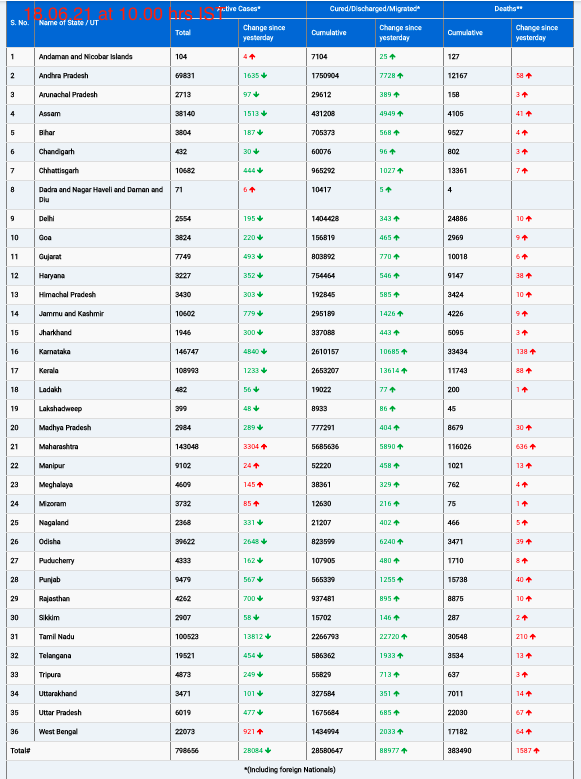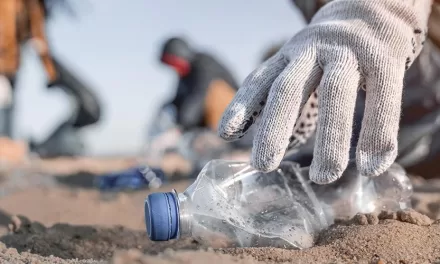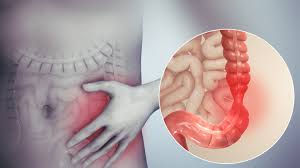In a groundbreaking study, researchers have developed a new deep learning algorithm that significantly outperforms existing computer-based osteoporosis risk prediction methods. This innovative approach could lead to earlier diagnoses and better outcomes for patients at risk of osteoporosis.
Osteoporosis, a bone disease characterized by decreased bone mineral density and mass or changes in bone structure and strength, increases the risk of fractures. Early detection is crucial for implementing preventative measures and improving patient care.
Published in the journal Frontiers in Artificial Intelligence, the study tested the deep neural network (DNN) model against four conventional machine learning algorithms and a traditional regression model. The data was sourced from over 8,000 participants aged 40 and older in the Louisiana Osteoporosis Study.
The DNN model demonstrated superior predictive performance, accurately identifying true positives and minimizing errors. “The earlier osteoporosis risk is detected, the more time a patient has for preventative measures,” said lead author Chuan Qiu, a research assistant professor at the Tulane School of Medicine Center. “We were pleased to see our DNN model outperform other models in accurately predicting the risk of osteoporosis in an ageing population.”
By analyzing a large sample size of real-world health data, the researchers identified the ten most important factors for predicting osteoporosis risk: weight, age, gender, grip strength, height, beer drinking, diastolic pressure, alcohol consumption, years of smoking, and income level.
“Our final aim is to allow people to enter their information and receive highly accurate osteoporosis risk scores to empower them to seek treatment to strengthen their bones and reduce any further damage,” Qiu explained.
The promising results of this study indicate a significant step forward in osteoporosis risk prediction, potentially leading to more effective preventative strategies and better patient outcomes. As this deep learning model continues to be refined, it may soon become a vital tool in the fight against osteoporosis.












